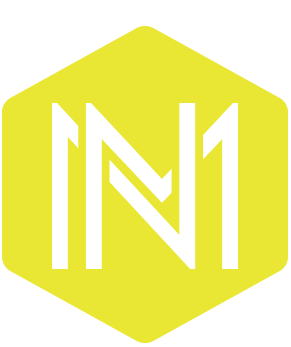Orla Kiely is a London-based textile designer who creates simple, bold, and graphic patterns. She built a global empire by pairing simple modern shapes with midcentury-inspired color palettes. Her work is an amazing example of consistent and immediately recognizable branding.
Orla's most popular design, the stem pattern, can be found on everything from bedding, bags, and rugs to wallpaper, shirts, and even casserole dishes. She sells higher-end items online and in her New York and London shops. She also sells items at a lower price point through her exclusive Target line.
I love the way Orla's overall brand works together. If you isolate the shapes themselves, they don't have a lot in common and are not very remarkable, but the manner in which she repeats them is interesting and consistent. This gives everything a great unexpected cohesiveness that is able to evolve but still feel very much part of the collection.
Orla's patterns are a really great example of taking something very simple and giving it a unique personality that translates into a strong, upbeat, and recognizable brand.















